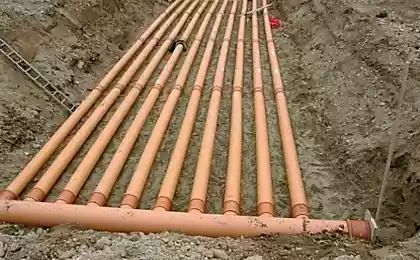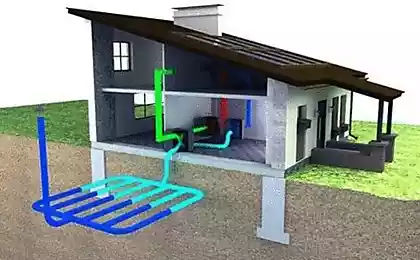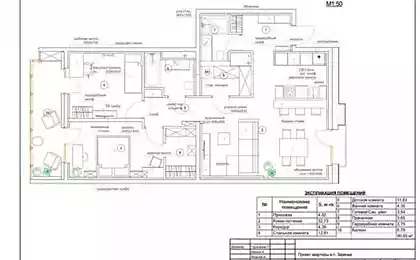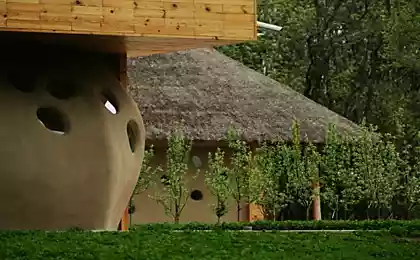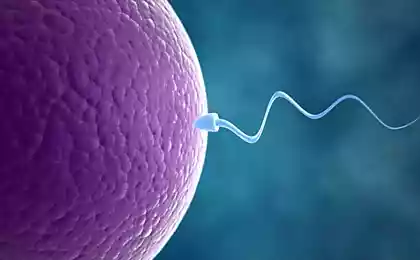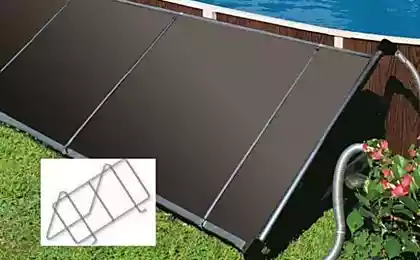434
How to reduce energy expenses in the passive ECO house
Passive house is the most warm house, which is very low cost of energy to operate, respectively, the minimum harmful impact on the environment and offers its residents comfort – healthy interior climate. Improving the concept of passive house construction in the pursuit of greater savings leads to the fact that there are new tools to further reduce the already record low energy costs.
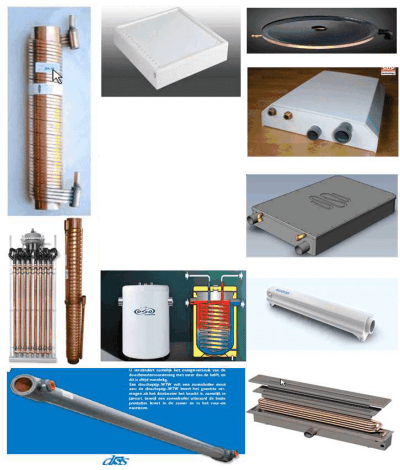
The passive house Institute has issued criteria for the certification of new types of equipment: heat exchangers (heat exchangers) of wastewater, which allows to extract for re-use of wastewater heat the soul. When the temperature of the hot water in the shower in 40 degrees, cold water – 10 runoff — 35, the air in the room is 20 degrees, the time for taking a shower – 6 min and water flow rate of 8 liters per minute, saving energy for preparation of hot shower water needs to exceed 30%. The most "advanced" device for the passive house, referred to as "phA+" provide efficiency not less than 60%.
If in ordinary buildings the energy consumption for hot water generation the percentage is only a small proportion – about 10% of total energy costs per year in a passive house, which requires very little energy for heating, the proportion of hot water can reach up to a significant 45%.
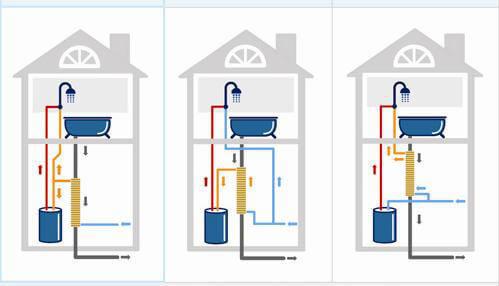
Therefore, it is extremely energy efficient (passive) houses makes sense to engage in the recovery of water. This will significantly (in percentage terms) to reduce the overall energy consumption of the cottage.
The organizing principle of heat transfer is quite simple. In the water supply/sanitation integrated passive houses the heat exchanger, through which hot water boiler (or the point of water intake, depending on configuration) supplied with cold water, heated by passing a separate circuit inside the device the waste water. The basic scheme is shown in Fig. This exchanger could be run in the form of a pipe with two circuits (the most energy efficient way) or bath (capacity) embedded directly in the shower pan.

Of course, the device can be used not only for soul drains and other sources, the temperature of the drained water which is not as "stable". Washing machine and dishwasher, sink in bathroom and kitchen can also connect to the heat exchanger. At the same time, such broad connectivity is recommended, but not all manufacturers, as, for example, drains from the sink can contaminate the system the remnants of toothpaste, etc.
Is it appropriate to use such a system in the Russian conditions? In principle, the heat exchangers used in domestic hot water systems in the utilities sector (this, of course, on several different hardware). However, in the construction of houses in Russia is the recovery of effluents is almost never used, although in the United States (where energy prices are also not high), France, the Netherlands it is regarded as a standard option.
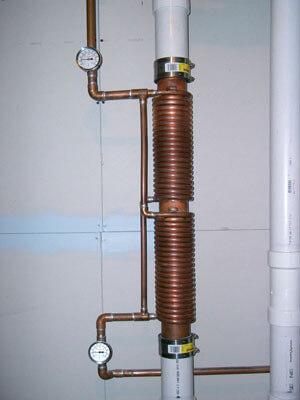
A feasibility study may be made in each individual case. It should be noted that the additional investment on the device recovery of waste water is relatively high (it is necessary to buy the device and lay in the project of water supply and Sewerage, of course, before the construction of the cottage). In any case, the product will be suitable for domestic perfectionists and fans of eco-friendly lifestyle, choosing the most perfect, passive house.published
Source: www.effdom.ru/drain-water-heat-recovery

The passive house Institute has issued criteria for the certification of new types of equipment: heat exchangers (heat exchangers) of wastewater, which allows to extract for re-use of wastewater heat the soul. When the temperature of the hot water in the shower in 40 degrees, cold water – 10 runoff — 35, the air in the room is 20 degrees, the time for taking a shower – 6 min and water flow rate of 8 liters per minute, saving energy for preparation of hot shower water needs to exceed 30%. The most "advanced" device for the passive house, referred to as "phA+" provide efficiency not less than 60%.
If in ordinary buildings the energy consumption for hot water generation the percentage is only a small proportion – about 10% of total energy costs per year in a passive house, which requires very little energy for heating, the proportion of hot water can reach up to a significant 45%.

Therefore, it is extremely energy efficient (passive) houses makes sense to engage in the recovery of water. This will significantly (in percentage terms) to reduce the overall energy consumption of the cottage.
The organizing principle of heat transfer is quite simple. In the water supply/sanitation integrated passive houses the heat exchanger, through which hot water boiler (or the point of water intake, depending on configuration) supplied with cold water, heated by passing a separate circuit inside the device the waste water. The basic scheme is shown in Fig. This exchanger could be run in the form of a pipe with two circuits (the most energy efficient way) or bath (capacity) embedded directly in the shower pan.

Of course, the device can be used not only for soul drains and other sources, the temperature of the drained water which is not as "stable". Washing machine and dishwasher, sink in bathroom and kitchen can also connect to the heat exchanger. At the same time, such broad connectivity is recommended, but not all manufacturers, as, for example, drains from the sink can contaminate the system the remnants of toothpaste, etc.
Is it appropriate to use such a system in the Russian conditions? In principle, the heat exchangers used in domestic hot water systems in the utilities sector (this, of course, on several different hardware). However, in the construction of houses in Russia is the recovery of effluents is almost never used, although in the United States (where energy prices are also not high), France, the Netherlands it is regarded as a standard option.

A feasibility study may be made in each individual case. It should be noted that the additional investment on the device recovery of waste water is relatively high (it is necessary to buy the device and lay in the project of water supply and Sewerage, of course, before the construction of the cottage). In any case, the product will be suitable for domestic perfectionists and fans of eco-friendly lifestyle, choosing the most perfect, passive house.published
Source: www.effdom.ru/drain-water-heat-recovery
Julie Deci: self-sufficient person is a myth
Paint for spacecraft, useful in household and construction purposes



